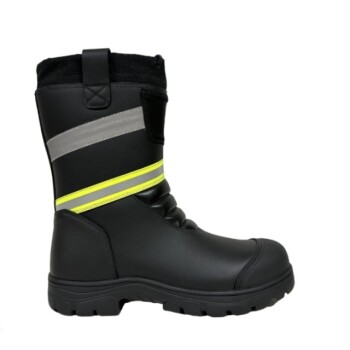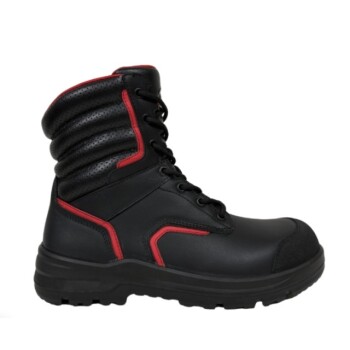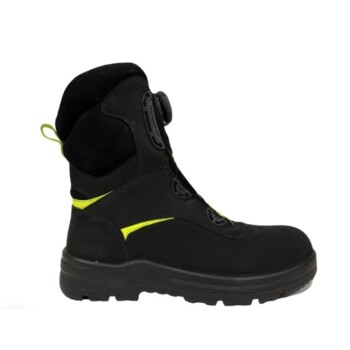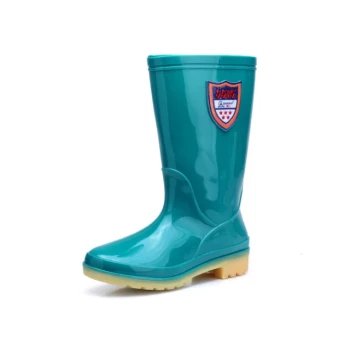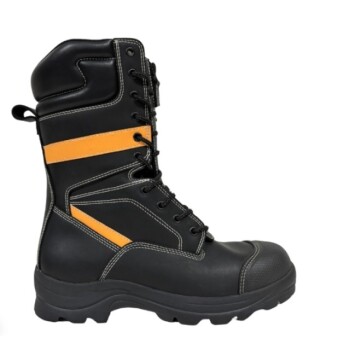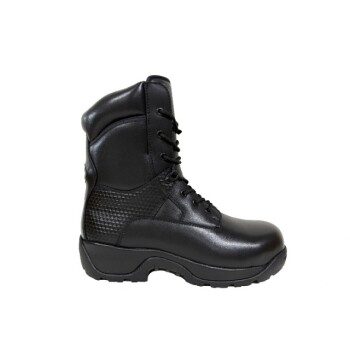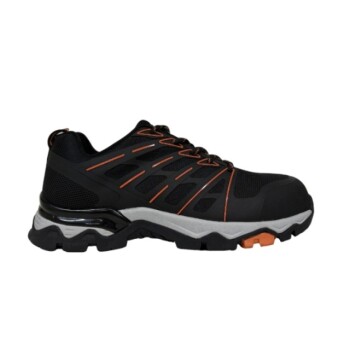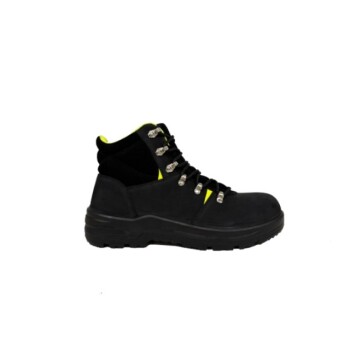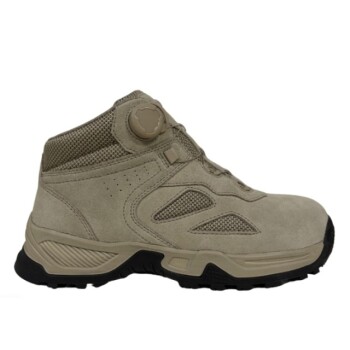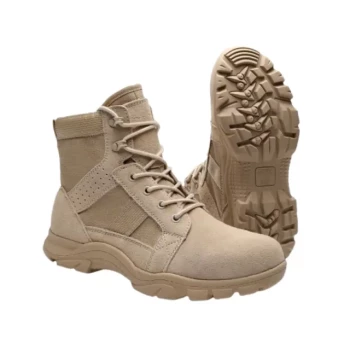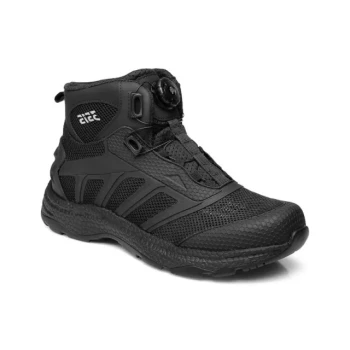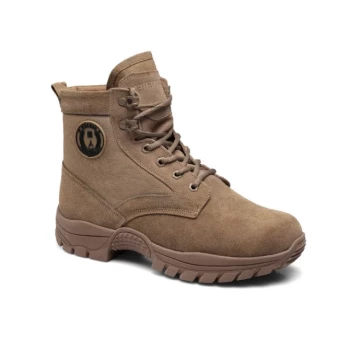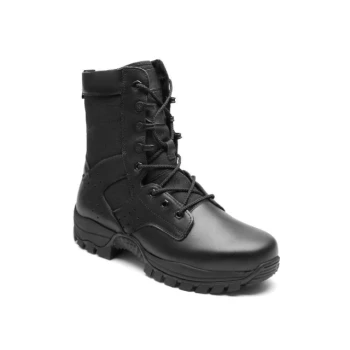Ultimately, hiking shoes omit mesh panels when the primary goal is protection from the elements, specifically cold and moisture. Footwear designed for winter, snow, or persistent slushy conditions prioritizes insulation and water resistance, which solid materials provide far more effectively than breathable mesh.
The decision to include or omit mesh in a hiking shoe represents a fundamental trade-off. It is a choice between maximizing breathability for warm, dry conditions versus ensuring insulation and water integrity for cold, wet environments.
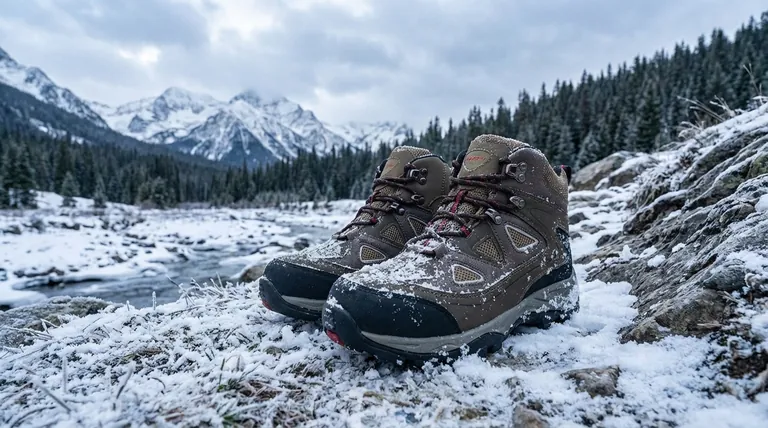
The Purpose of Mesh: Prioritizing Breathability
To understand why a shoe would lack mesh, we must first understand the function it serves. Mesh is included to solve the problem of heat and moisture buildup inside the shoe.
Maximizing Airflow
Mesh panels act as vents, promoting airflow to and from the inside of the shoe.
This constant air exchange is critical for keeping feet cooler and drier during strenuous hikes, particularly in warmer climates.
Aiding in Drainage
Mesh also has the significant benefit of allowing water to drain out of the shoe quickly.
After a creek crossing or a sudden downpour, a shoe with mesh will dry much faster than a fully enclosed one, reducing the risk of blisters.
Why Hiking Shoes Omit Mesh: Prioritizing Protection
Hiking shoes without mesh are built for conditions where letting the elements in is a greater risk than trapping heat and sweat.
Retaining Heat in Cold Environments
The most common reason to omit mesh is for warmth.
Solid materials like leather or dense synthetics are far better insulators. In cold, snowy, or slushy conditions, this insulation is crucial for preventing heat loss and keeping your feet warm.
Enhancing Water Resistance
While many shoes have waterproof membranes, mesh panels can be a point of structural weakness against persistent moisture.
A solid upper provides a more robust and reliable barrier, preventing snow and slush from leaking into the shoe over the course of a long day.
Understanding the Trade-offs
Choosing a hiking shoe is about matching its design to its intended environment. Neither construction is inherently superior; they are simply engineered for different tasks.
Breathability vs. Insulation
A shoe without mesh will inevitably be less breathable. In warm weather, this can lead to sweaty, uncomfortable feet.
Conversely, a shoe with significant mesh will offer poor performance in freezing temperatures, allowing cold air to chill the foot easily.
Drying Speed vs. Water Integrity
A mesh-heavy shoe, once soaked, will drain and begin to dry relatively quickly.
A solid, non-mesh shoe may keep water out for longer, but if it does get flooded (e.g., by stepping into water over the ankle), it will take significantly longer to dry out.
Making the Right Choice for Your Hike
Select your footwear based on the worst conditions you realistically expect to face on your hike.
- If your primary focus is hot weather or well-maintained trails: Choose a shoe with prominent mesh panels to maximize cooling and breathability.
- If your primary focus is cold weather, snow, or wet conditions: Select a shoe with a solid leather or synthetic upper to retain heat and keep moisture out.
- If your primary focus is mixed conditions or all-season versatility: Look for a shoe with a waterproof membrane but minimal mesh panels, offering a balance of protection and breathability.
Understanding this core design choice empowers you to select footwear that works with your environment, not against it.
Summary Table:
| Feature | Shoes WITH Mesh | Shoes WITHOUT Mesh |
|---|---|---|
| Primary Goal | Breathability & Cooling | Insulation & Water Integrity |
| Best For | Warm, Dry Conditions | Cold, Snowy, Wet Conditions |
| Key Benefit | Fast Drying, Maximum Airflow | Superior Warmth, Robust Barrier |
| Main Trade-off | Less Protection from Elements | Less Breathable, Slower to Dry |
Need the Right Hiking Shoe for Your Conditions? Partner with 3515!
As a large-scale manufacturer, 3515 produces a comprehensive range of footwear for distributors, brand owners, and bulk clients. Whether your customers need breathable mesh designs for summer trails or robust, insulated boots for winter expeditions, our production capabilities encompass all types of shoes and boots.
Let us help you provide the perfect footwear solution. Contact our expert team today to discuss your needs!
Visual Guide
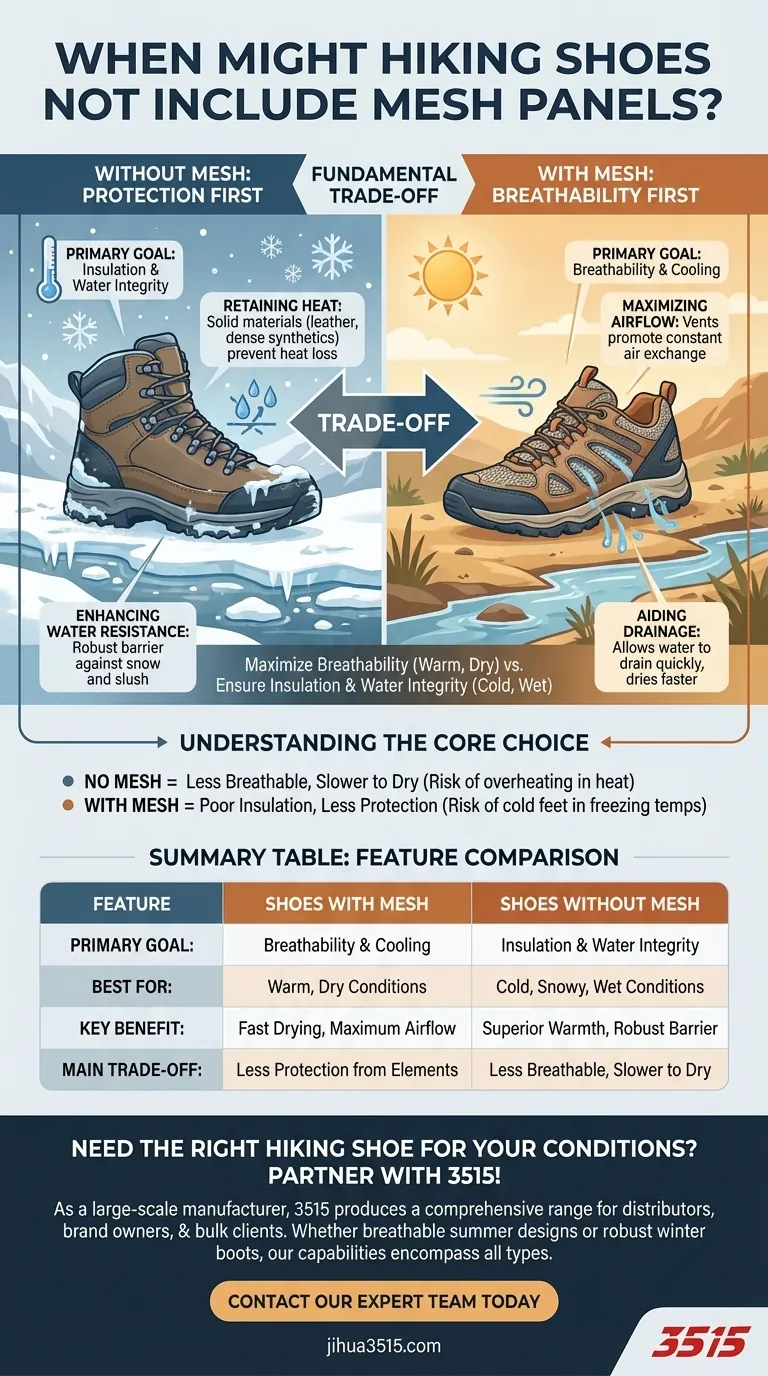
Related Products
- Safety Footwear Wholesale Manufacturer for Custom OEM/ODM Production
- High Performance Fire-Retardant Waterproof Safety Boots
- Factory-Direct Wholesale Canvas Boots with High-Traction Rubber Soles
- Wholesale Safety Footwear Manufacturer for Bulk & Custom OEM Orders
- Premium Wholesale Waterproof Safety Boots High Performance Protection for Industrial Markets
People Also Ask
- What are the differences between steel toe, composite toe, and alloy toe Wellington boots? Choose the Right Safety Toe for Your Job
- What are OSHA approved shoes? Understanding the Correct Standards for Workplace Safety
- What cultural and environmental considerations are tied to wearing shoes indoors? Balance Hygiene, Tradition, and Foot Health
- Is safety-toe as good as steel toe? Choose the Right Protection for Your Job
- How long can you wear safety boots? The Lifespan is Determined by Wear, Not Time

